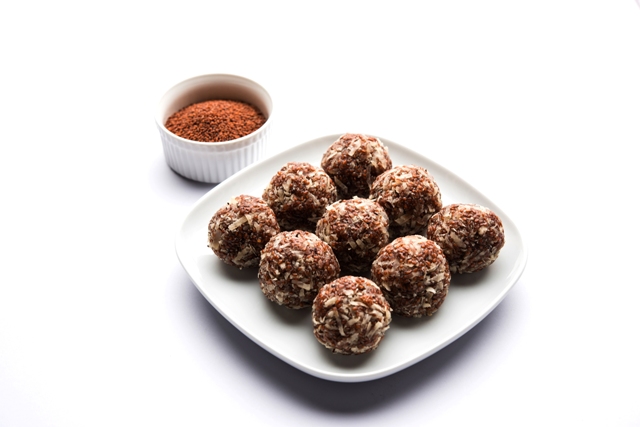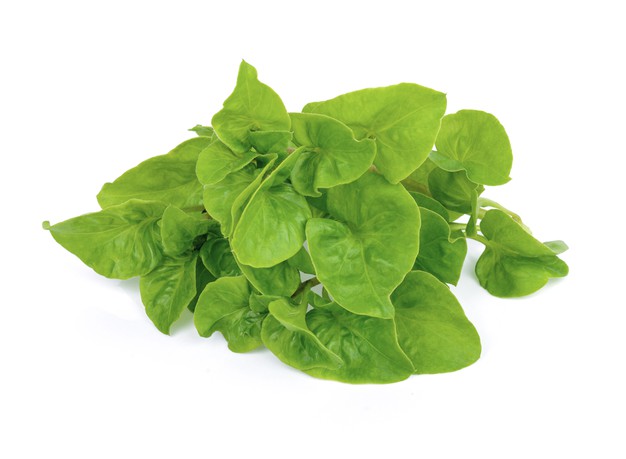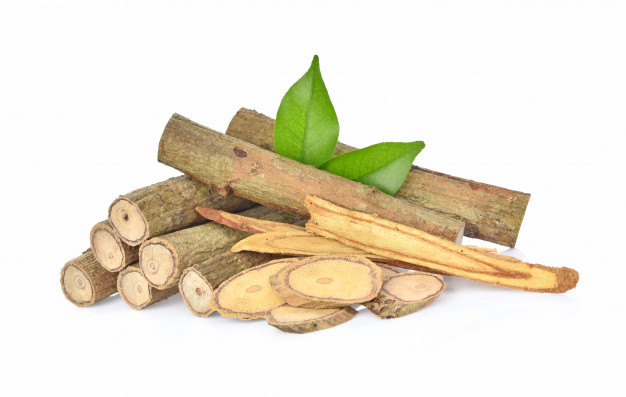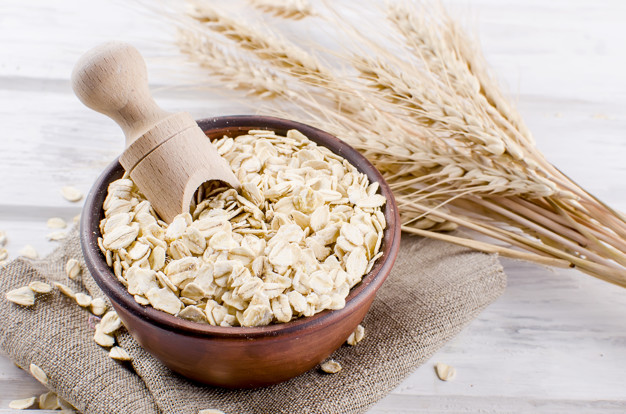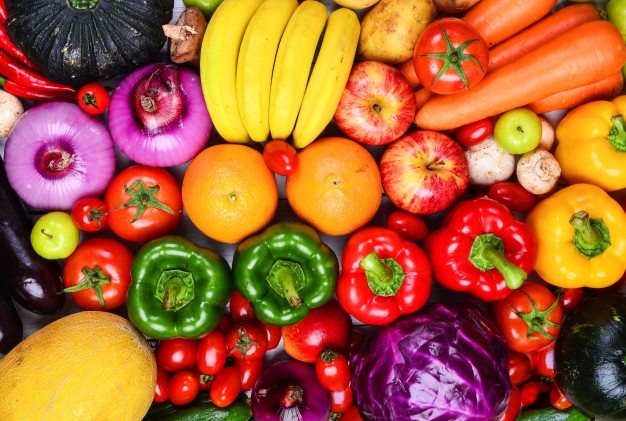Halim seed is a nutritious seed obtained from a medicinal plant named Garden cress or Lepidium sativum. It is packed with antioxidants, iron, fibre, proteins as well as phytonutrients and has been extensively used for various therapeutic purposes.
Biological activity
Anti-carcinogenic activity
- It acts as an important chemo protective substance that helps to protect the body from cancerous growth
- Its antioxidant as well as phytosterol components are considered as the main components accountable for exerting anti-carcinogenic activity
- It has the ability to hinder the growth of malignant cells within body and also helps to suppress tumor cell growth by regulating cellular proliferation. Glucosinolates is an important component present in halim seed, accountable for inhibiting the proliferation and development of cancers
- It is extremely effective for decreasing the prevalence of breast cancers
Antimicrobial activity
- It has been traditionally used for treating several infectious diseases because it exerts potent antimicrobial activity, which helps to prevent the growth and replication of microbes within host
- It is extremely effective against bacteria especially disease causing bacteria thus helps to protect the body from their harmful consequences
- It helps to kill fungus as well thus its consumption is thought to be very effective for lowering the susceptibility of fungal infections too

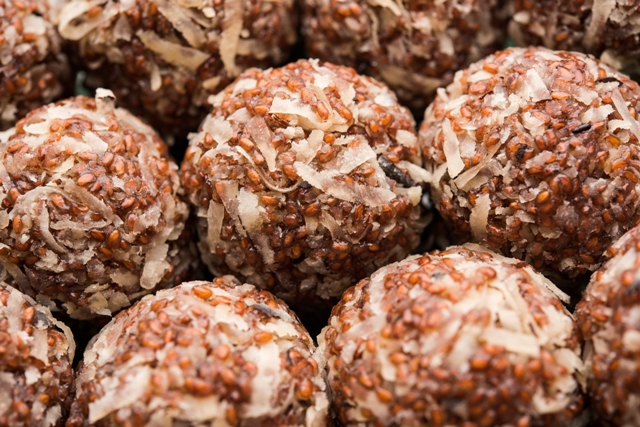
Hypolipidemic activity
- Regular consumption of halim seed or its extract is extremely useful for reducing total body fat percentages as it has powerful hypolipidemic activity
- It plays vital role in decreasing the plasma cholesterol level as well as serum triglyceride level
- It is also associated with increasing the concentration of HDL in body and also helps in improving lipid profile
Hypoglycemic activity
- Consumption of halim seed plays imperative role in reducing blood sugar concentration due to its hypoglycemic effect
- Fibre present in halim seed is considered as one of the most important components that exerts hypoglycemic activity because it helps in slowing down the rate of glucose absorption from intestinal epithelial cell as a result helps in reducing postprandial blood sugar load
- Its lipid lowering activity is also considered as an important factor for preventing hyperglycemia. Fat acts as barrier to insulin thus suppresses its activity that leads to increase in blood sugar concentration. As halim seed is related with reducing total fat percentage of the body thus it helps the insulin to function properly, which ultimately helps to decrease blood sugar level
Diuretic activity
-
 It is considered as an important natural diuretic agent as it helps in reducing the prevalence of water retention within body
It is considered as an important natural diuretic agent as it helps in reducing the prevalence of water retention within body - It is also associated with enhancing the excretion of sodium as well as potassium from body
- It is better to boil a spoon of halim seed within water about 10 minutes and consumption of this extract especially in morning significantly helps in eliminating excess water that retained in body
Health benefits
Role on preventing anemia
- Anemia is considered as one of the most common health problems of various women and it can be easily managed by taking halim seed regularly
- Halim seed is recognized as the richest source of iron. It has estimated that 100g of halim seed contains 100mg of iron. Though it contains non-heme iron as it is a plant source but it is closely related with improving the level of hemoglobin thus its consumption is closely related with preventing anemia
- It is better to consume citrus fruits or Vitamin C rich food along with halim seed because Vitamin C helps in enhancing the absorption of iron from halim seed
Role on lactation
- Consumption of halim seed during lactation is extremely effective because it plays imperative role in assisting the initiation, maintenance as well as augmentation of breast milk production
- Halim seed plays vital role in stimulating the growth and development of mammary glands. It is also associated with enhancing the size of alveoli and lobules in breast
- Even during pregnancy it helps in increasing the branching of vesicles, which ultimately helps in approaching lactation
- Halim seed contains adequate amount of flavonoids and alkaloids, which are responsible for increasing the level of FSH, LH, progesterone, estrogen and prolactin hormones in body, which ultimately help in promoting lactation. Especially high level of prolactin is directly linked with stimulating milk secretion

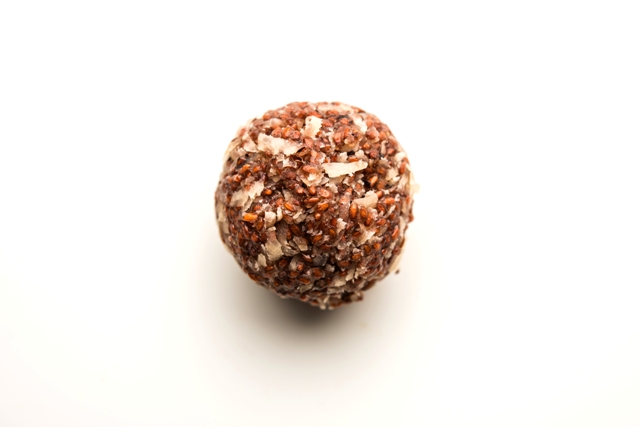
Role on skeletal health
- It contains significant amount of calcium and phosphorus, which help in healthy bone formation thus it is better to include halim seed in diet for obtaining a better skeletal health
- Halim seed has been traditionally used for healing fractures as well as accidental injuries due to its calcium and phosphorus components, which are responsible for accelerating bone healing. It has seen that application of a paste prepared by halim seed powder and water to the affected area or consumption of halim seed powder with water or milk helps to heal the fractures internally
- It is also very effective for improving the symptoms of osteoporosis and osteoarthritis
Role on respiratory health
- Consumption of halim seed is very useful for improving overall respiratory health as it acts as an important broncho-dilator
- It plays imperative role in expanding bronchial thus its consumption is thought to be very effective for preventing asthma
- It is also associated with improving the symptoms of common cold and cough

Role on memory
- It contains arachidonic acid and linolenic acid. These two fatty acids play vital role in improving memory
- Body cannot synthesize these fatty acids in body as they are essential fatty acids thus they should be supplied through food and halim seed is such a food that contributes these two fatty acids abundantly
Role on skin and hair
- Its micronutrient components and antioxidant components are accountable for providing proper nourishment to the skin, which ultimately help to make the skin healthy and supple
- Its antimicrobial activity is also responsible for reducing the prevalence skin infections
- It helps in preventing aging as well
- It is also associated with treating sunburn and plays significant role in improving the symptoms of dry skin and irritated skin
- On the other hand its protein and iron contents help in promoting hair growth and also prevent hair fall
Therapeutic uses
It has been traditionally used for various therapeutic purposes, which include –
- It is widely used for treating abnormal menstrual cycle as phytoestrogen present in halim seed helps in inducing menstruation
- It is also associated with treating menopausal symptoms such as hot flushes, mood swings, weighty gaining, vaginal dryness, sleeping irregularity, skin irritation etc
- Its high fibre and protein components are also accountable for facilitating weight reduction
- Its hypolipidemic activity plays significant role in reducing the susceptibility of cardiovascular diseases. Regular intake of halim seed is very useful for cardiac patients
- It plays significant role in protecting liver from harmful toxins thus helps in improving hepatic health, which ultimately ensures healthy metabolism
- It acts as natural laxative as well and all the credit goes to its fibre content thus its consumption is thought to be very effective for preventing constipation
- It helps in improving renal functionality
- It helps to improve the symptoms of hyperthyroidism too

Risk factors
As it contains goitrogens thus its excessive consumption may interfere with normal thyroid functioning, whereas it’s over consumption may also cause flatulence or bloating due to its high fibre content thus it is better to consume it as per recommendation.

Source:
Agarwal, N. and Sharma, S., 2013. Appraisal of garden cress (Lepidium sativum L.) and product development as an all pervasive and nutrition worthy food stuff. Annals of Food Science and Technology, 14(1), p.2013.
Doke, S. and Guha, M., 2014. Garden cress (Lepidium sativum L.) seed-an important medicinal source: A. Cellulose, 9, pp.0-03.
Doke, S. and Guha, M., 2018. Quality assessment of sweet snack from Garden cress (Lepidium sativum L.) seeds—An unexplored health grain. Journal of Food Processing and Preservation, 42(2), p.e13431.
Ghante, M.H., Badole, S.L. and Bodhankar, S.L., 2011. Health benefits of garden cress (Lepidium sativum Linn.) seed extracts. In Nuts and seeds in health and disease prevention (pp. 521-525). Academic Press.
Singh, C.S., Paswan, V.K. and Naik, B., 2015. Exploring potential of fortification by garden cress (Lepidium sativum L.) seeds for development of functional foods—A Review. Indian Journal of Natural Products and Resources (IJNPR)[Formerly Natural Product Radiance (NPR)], 6(3), pp.167-175.
